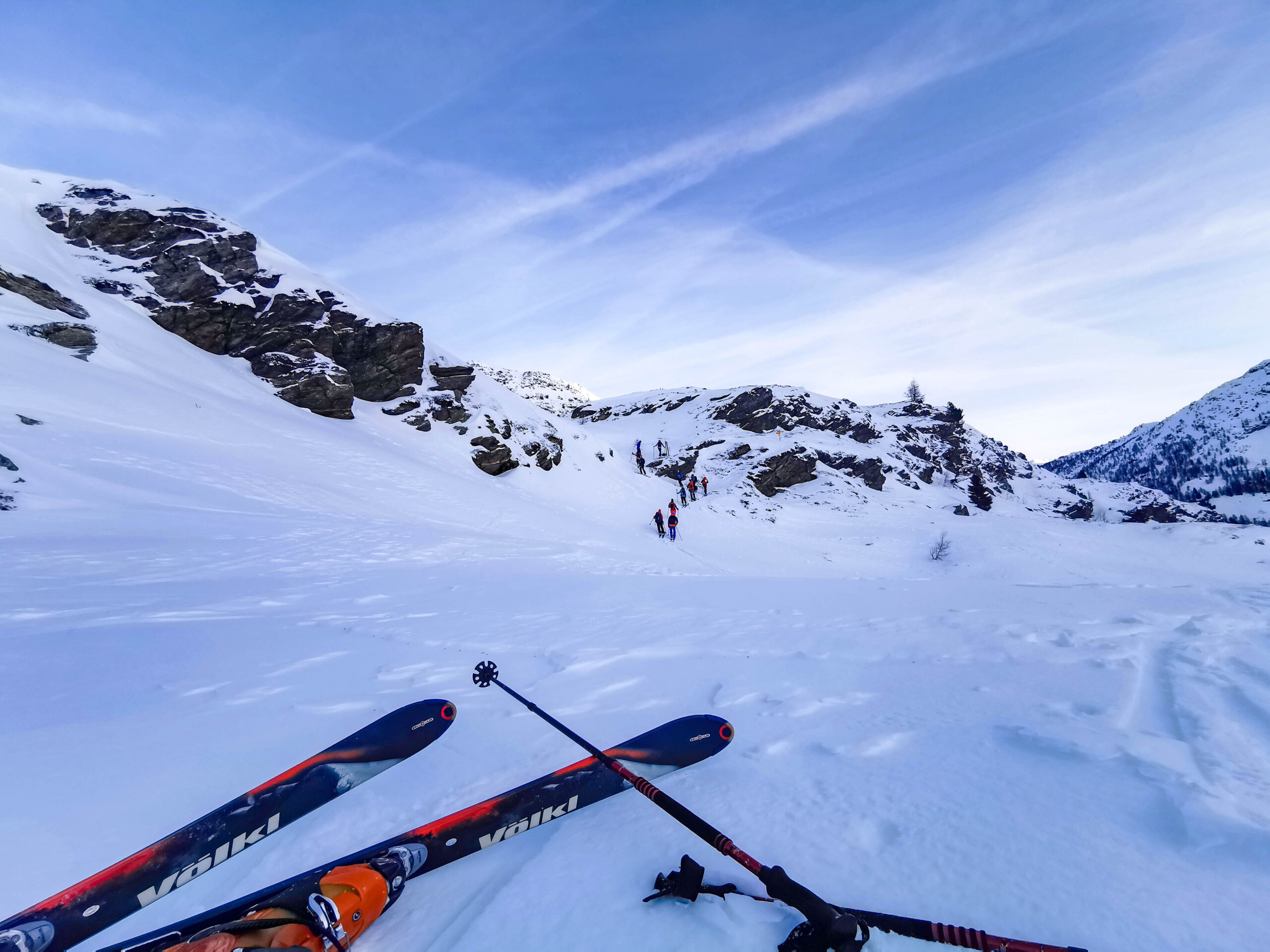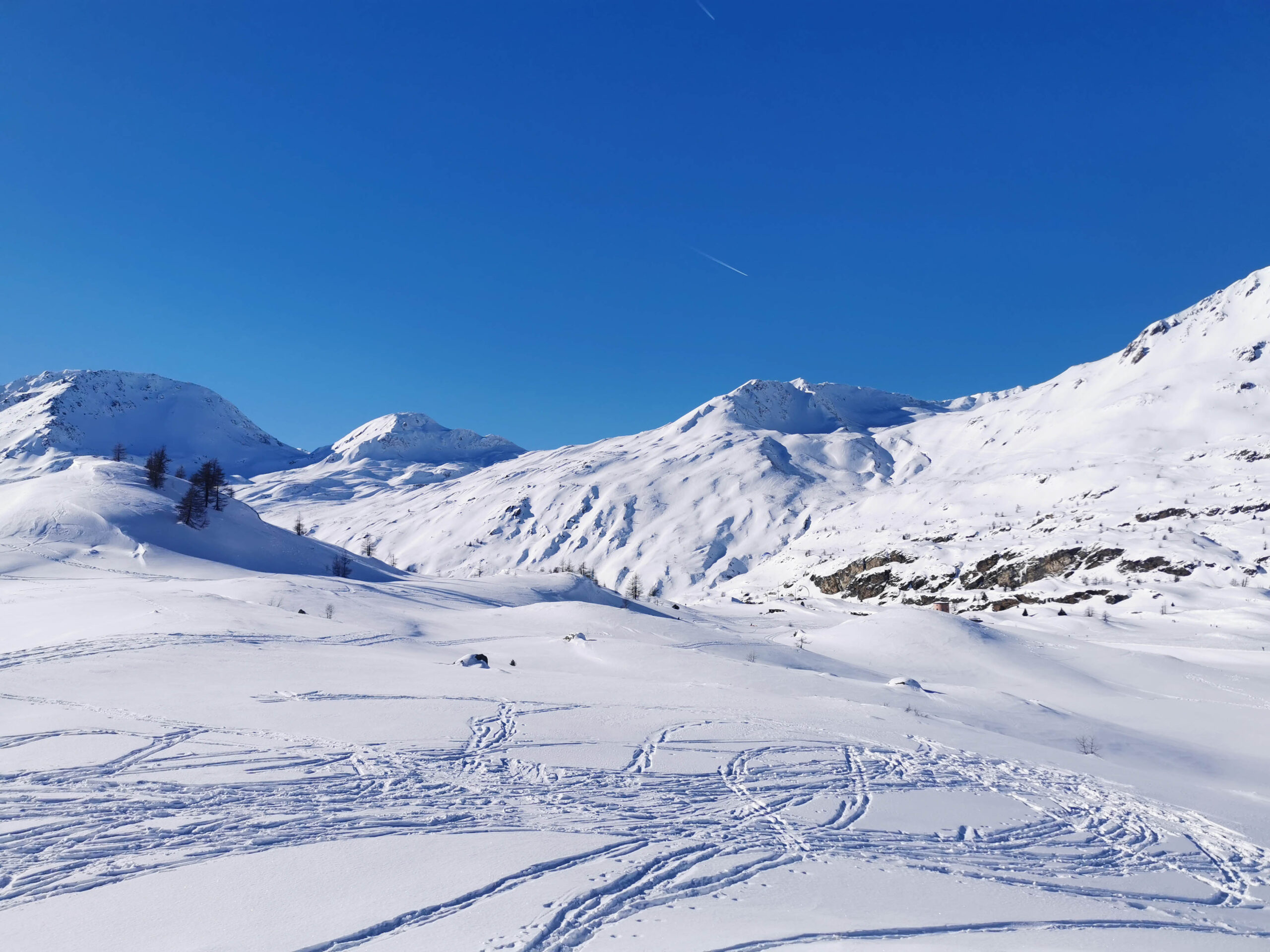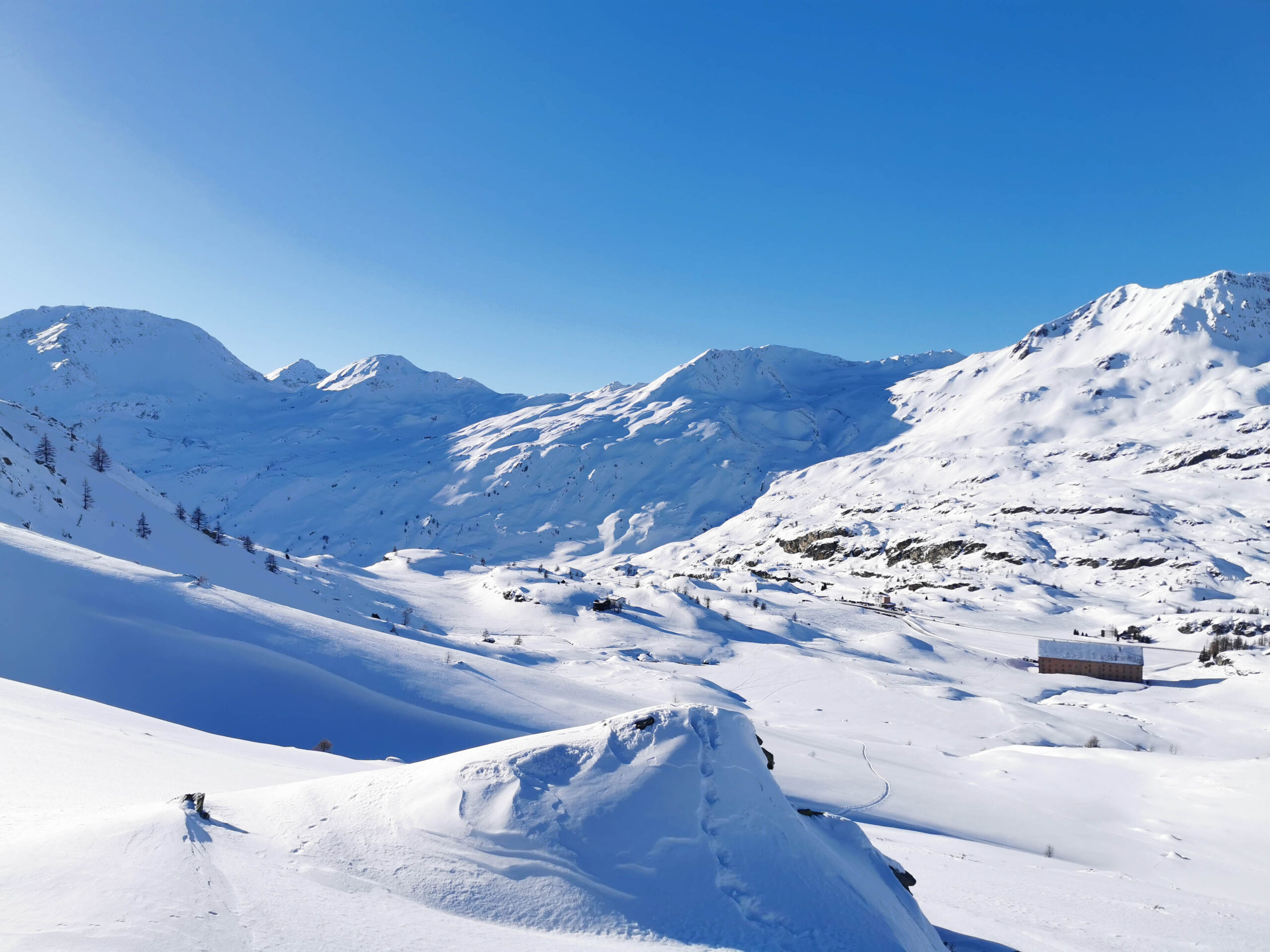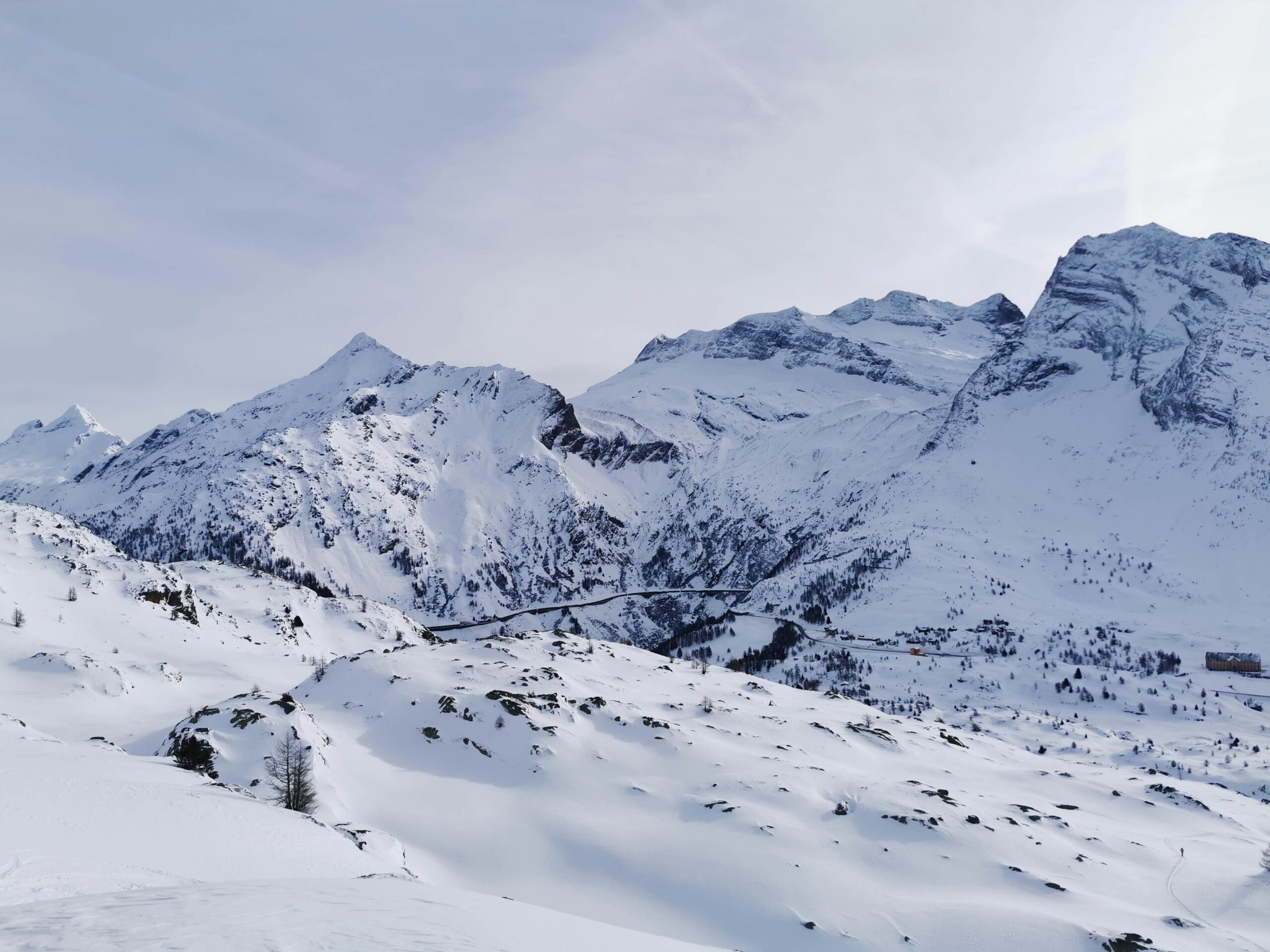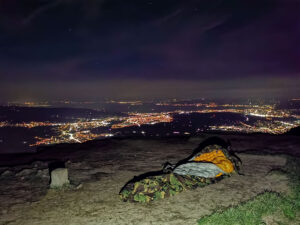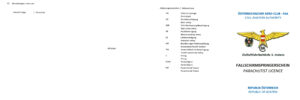Greetings, fellow adventure seekers! In this blog post, I am excited to share the enriching experience and valuable insights gained during my recent two-day ski tour and avalanche rescue training on Simplonpass.
Setting the Scene:
This incredible opportunity was organized by the University of St. Gallen, and being in a phase where I actively seek to step out of my comfort zone and embrace new experiences, I eagerly signed up for the course. Surprisingly, it was my first-ever ski tour, as my recreational activities had predominantly centered around paragliding in the past three years.
Gear Essentials:
Fortunately, my father had a set of skitouring skis and most of the necessary equipment, with the exception of the avalanche transceiver. A quick and hassle-free solution came in the form of renting the transceiver from PergePur in Zug for a mere 35 CHF for the entire two-day period. Equipped and ready to roll, I had everything required for the adventure:
- Skis with touring bindings
- Skins for skis
- Boots
- Ski poles
- Avalanche Transceiver – 457 kHz
- Shovel
- Avalanche probe
- Warm clothing
Key Learnings:
- Informative Resources: Discovering the Skitourenguru website (https://www.skitourenguru.ch/) was a game-changer, summarizing everything one needs to know for a successful ski tour.
- Condition Assessment: Regularly checking https://whiterisk.ch/de/conditions became a crucial routine. The color-coded information provided insights into the conditions, guiding us on suitable terrains based on steepness.
- Avalanche Transceiver Expertise: A significant revelation was understanding the functioning of the avalanche transceiver. Once one is closer than 70m to the person under the avalanche, the device will guide you to the person. For that one has to follow the arrow direction, approaching to about 5m, and then walking consistently in a single direction ensures accurate tracking and keeping the transceiver at a consistent height. Once one found the minimal point, one walks in a 90-degree angle to the other direction and also searches there the minimum (avalanche transceiver still pointing in the same direction as in the beginning). Once one found also the other minimum there the person should be. One makes then a spiral with the probe until you feel there is something else than ground, one feels it very well.
Reflections:
After these two days of exploration, I discovered a newfound love for ascending mountains, although descending posed a challenge due to my skiing skills. Despite this, the experience was incredibly interesting, and I believe the acquired knowledge will prove valuable not only for future ski tours but also during snow walking adventures with my paraglider and friends.
In conclusion, embarking on such ventures opens doors to self-discovery and provides a solid foundation of skills that transcend various winter activities.
